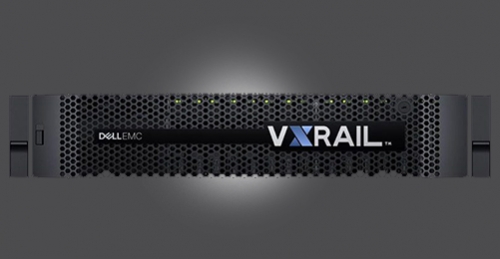

2021/08/02 Computing & Hyper-converged Infrastructure Solutions 1077 visit(s) 4 min to read
Ctelecoms

Our joint-engineering relationship with Dell Technologies and VMware enables us to deliver unique automation and orchestration features that simplify operations across core, edge, and cloud deployments.
As business continues to evolve, the solutions around them must evolve as well. Our users tell us they are looking for ways to simplify their infrastructure, scale when and where they need to, and address more workloads with the same operational models while simultaneously adopting next generation technologies.
Today we’re excited to share new advancements in our VxRail hardware and software and ask you to reimagine how a simplified operational model, seamless technology integration and agility, and transformational storage flexibility can help you rapidly and confidently modernize your IT environments.
VxRail HCI System Software continues to be our biggest differentiator driving more value for VMware HCI environments. It is the one-stop shop for automation, orchestration, and management of your entire VxRail environment. Dell Technologies has made several improvements to put more functionality into the hands of users as well as curate, simplify, and automate the overall experience.
Our next generation PowerEdge servers were launched in March. The seamless integration of PowerEdge and the ability to run multiple generations of nodes side by side has long been a cornerstone of VxRail value. Users do not have to rip and replace clusters or perform the integration and validation to take advantage of new technology because Dell Technologies has already done it for them with over 100 dedicated test engineers and 25,000 hours of lab testing per release. We will be publishing a complete technical review of next generation PowerEdge on VxRail, until then, here are a few highlights:
To address more workloads and scale IT infrastructure with more flexible storage options Dell Technologies introduced new VxRail dynamic nodes. These dynamic nodes integrate into the VxRail solution just like any other VxRail node, they have the full complement of VxRail HCI System Software and the lifecycle management you would expect with one seemingly small (but actually pretty big) difference. They are designed to utilize shared storage.
By adding new VxRail dynamic nodes combined with VMware HCI Mesh technology or external storage arrays (Dell Technologies PowerStore, PowerMax and Unity XT), users can address new workloads and scale as needed without fundamentally changing the HCI operational model. This gives you the ability to:
If you have any questions regarding VxRail or any of our HCI solutions, feel free to get in touch with us.
Ctelecoms Team